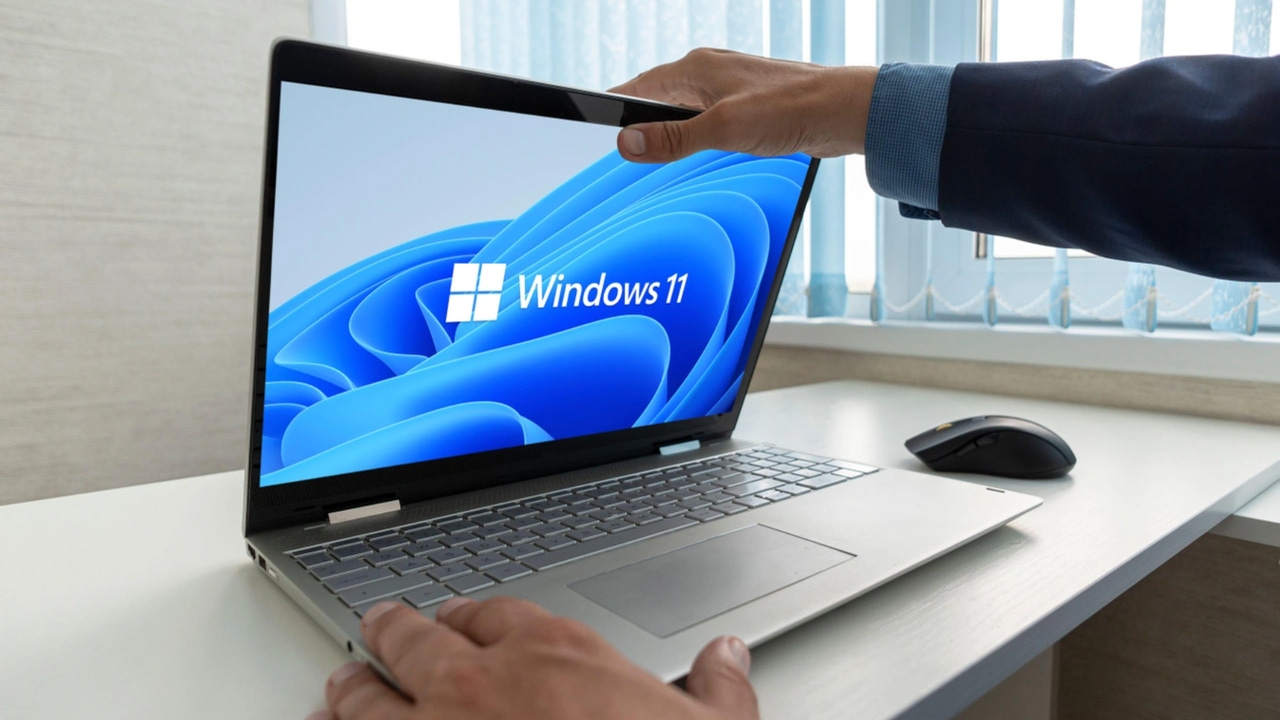Windows 2000 Hardware RequirementsWindows 2000 Hardware Requirements
Columnist Zubair Alexander reviews Microsoft's hardware requirements for Windows 2000 and presents requirements that he believes are more realistic.
February 27, 2000

In 1997, I installed beta 1 of what was then Windows NT 5.0 on my laptop and on a couple of low-end desktop computers, and I've been working with Windows 2000 (Win2K) ever since. However, Win2K's hardware requirements have changed significantly over the years. Microsoft doesn’t talk about these hardware requirements much because they are more substantial than NT's requirements. In fact, Microsoft very quietly changed the Win2K hardware requirements in the final stages of product development. From a marketing standpoint, it would be a blunder for Microsoft to advertise the extra costs of migrating to Win2K.
When it comes to hardware requirements, I like to clearly distinguish between minimum and recommended requirements. Minimum requirements are the absolute bare minimum you need to install the product—anything less, and the OS won't install. Recommended requirements are what you should follow to get more out of Win2K. (You can also consider optimal hardware requirements, but we won't discuss those here because it's an open-ended area with too many exceptions and variations).
The following table describes Microsoft’s minimum and recommended system requirements for Windows 2000 Professional (Win2K Pro), Windows 2000 Server (Win2K Server), and Win2K Advanced Server (Win2K AS). Microsoft discusses these requirements at its Web site.
Win2K Pro
CPU | 133MHz or faster Pentium-compatible | 133MHz or faster Pentium-compatible | 133MHz or faster Pentium-compatible |
RAM | 64MB recommended | 128MB required256MB recommended | 128MB required256MB recommended |
Hard disk | 650MB of free space | 1GB of free space | 1GB of free space |
The following table lists my recommended minimum configurations for Win2K Pro, Win2K Server, and Win2K AS (I refer to these recommendations as realistic requirements). In my experience, these configurations will work better than Microsoft's minimum recommendations. Be aware that these system requirements are not optimal configurations.
Win2K Pro
CPU | 300MHz or faster Pentium-compatible | 500MHz or faster Pentium-compatible | 600MHz or faster Pentium-compatible |
RAM | 256MB | 1GB | 1GB |
Hard disk | 2GB of free space | 4GB of free space | 4GB of free space |
Use these recommendations as guidelines and make adjustments based on your network configuration, hardware, applications, and network services. An organization with 500 users can get away with a 500MHz Pentium and 1GB of RAM to run Win2K Server and Active Directory (AD). However, if you're running Windows 2000 Datacenter Server (Datacenter), it won't be uncommon to have a system with at least eight CPUs and 8GB of RAM. Most people have been testing Win2K Server in lab environments or on their desktops. Once businesses start to use Win2K Server in production environments, they'll realize what a hardware hog Win2K is.
Win2K Pro and Win2K Server require at least 1GB of free disk space to install. I recommend at least 2GB of free space on a Win2K Pro machine (I like to copy the Win2K source files to each of my computers). With hard disk prices taking a nose dive, you can now easily buy a 30GB EIDE hard disk for as little as $150. As for RAM, a lot of people can get away with 128MB, but 256MB makes Win2K Pro much snappier. I don't want to focus on what you can get away with, but I'm currently running the release to manufacturing (RTM) version of Win2K Pro on a 75MHz Pentium with Microsoft Office 2000 and a SCSI scanner attached to it (yes, it's painfully slow.) So much for the minimum requirement of Pentium 133!
On servers, where your page file will be larger, you need more available hard disk space because of the larger amount of RAM. File servers will obviously require more disk space than domain controllers. On domain controllers, you need to estimate the size of AD. The following table lists the approximate size of the AD database that you can expect (these numbers are based on Compaq’s AD scalability tests).
Number of users | AD size |
|---|---|
10,000 | 62.2MB |
100,000 | 454MB |
1,000,000 | 4.10GB |
10,000,000 | 41.9GB |
16,000,000 | 68.6GB |
Based on your experiences, you can decide what level of hardware works best for you. If you're planning to migrate to Win2K, you should test system requirements in your particular environment, because no one knows your network configuration, services, and applications like you do. Nevertheless, budgeting for beefier hardware will be an important part of your migration plan.
About the Author
You May Also Like






.jpg?width=700&auto=webp&quality=80&disable=upscale)
